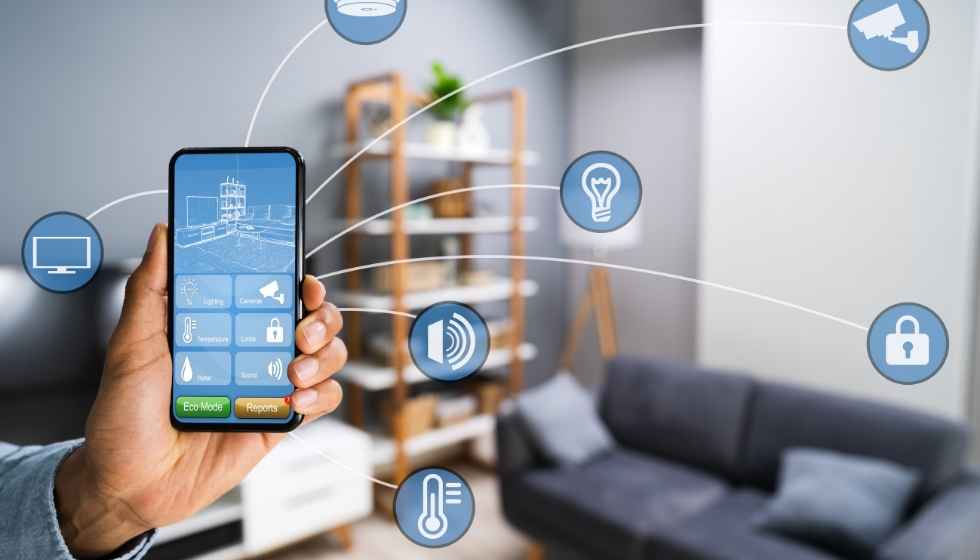Cybercriminals can take advantage of various holes to attack the devices in our homes.
In an increasingly connected world, it is hard to imagine a house that does not have some smart device. Whether it’s a loudspeaker that can also make a shopping list, a doorbell with a fully functional camera, or a fire alarm that connects directly to your mobile phone to remind you to change the batteries, there are as many options as there are needs.
However, this does not imply that these devices are risk-free. Research revealed a few months ago that, on average, homes with smart devices are exposed to 12,000 cyberattacks a week from anywhere in the world, which indicates the magnitude of the problem.
From there, turn on the news to hear horror stories, ranging from devices eavesdropping on private conversations to hackers using camera devices to access live inside homes.
Also, as if that were not enough, these intruders can go one step further and take advantage of telecommuting to target the sometimes unprotected professional devices connected to the same compromised WiFi and gain access to the corporate network.
Using smart home devices as a gateway allows these cyber criminals to open up a path of chaos, affecting personal privacy and leading to a potential company-wide data breach.
As users, we are well aware of the precautions that need to be taken to prevent criminals from breaking into our homes and stealing our physical possessions.
However, we often overlook the hidden threats posed by our smart home devices, which allow cyber criminals to observe and listen to the most private conversations within our homes.
Considering this, the user must take the necessary measures to avoid any incident. Below, we collect seven of the most important.
Upgrade
Updating devices when necessary is essential to protect your home and data. Cybercriminals are constantly changing how they attack, so it’s essential to have up-to-date protection against these threats.
Configure the WiFi Correctly
Most routers allow you to create a separate network, which means more obstacles when cybercriminals try to gain access. It is also possible to set up a ‘guest setup’ to allow friends and family to access the Internet, but without the added risk of registering or sharing your login details with the leading network.
Improve Passwords
When creating strong device passwords, make sure they are random and not personal. Complex passwords are more challenging to remember, so it is advisable to use a password manager to keep them protected.
Double Authentication When you can
Establishing an additional form of authentication, known as two-factor or 2FA, can deter cybercriminals from accessing these devices. While this may be a slight inconvenience to the user, it is nothing compared to the disruption a cyber attack can cause.
Encryption
Make sure a router uses the highest level of encryption to keep your data safe from unwanted threats. Be sure to remember internal WiFi extenders or Powerline home networks, which will also have a setting to allow encryption throughout the home network. This, in turn, will add an extra layer of protection for your router and your smart devices.
Change the Keys
This is different from WiFi network passwords but just as important. Most routers have a simple password by default to allow for easy setup when first installed. As a result, they are just as easy for cybercriminals to guess; there are even lists of the most common ones online, so be sure and change them as soon as possible.
Beware of Work Devices
With more and more people working from home, it’s essential to protect work and personal devices when they rely on your home WiFi network. For this, you must ensure they are updated with the latest antivirus technology. By keeping them safe, you can reduce the threat they pose.

